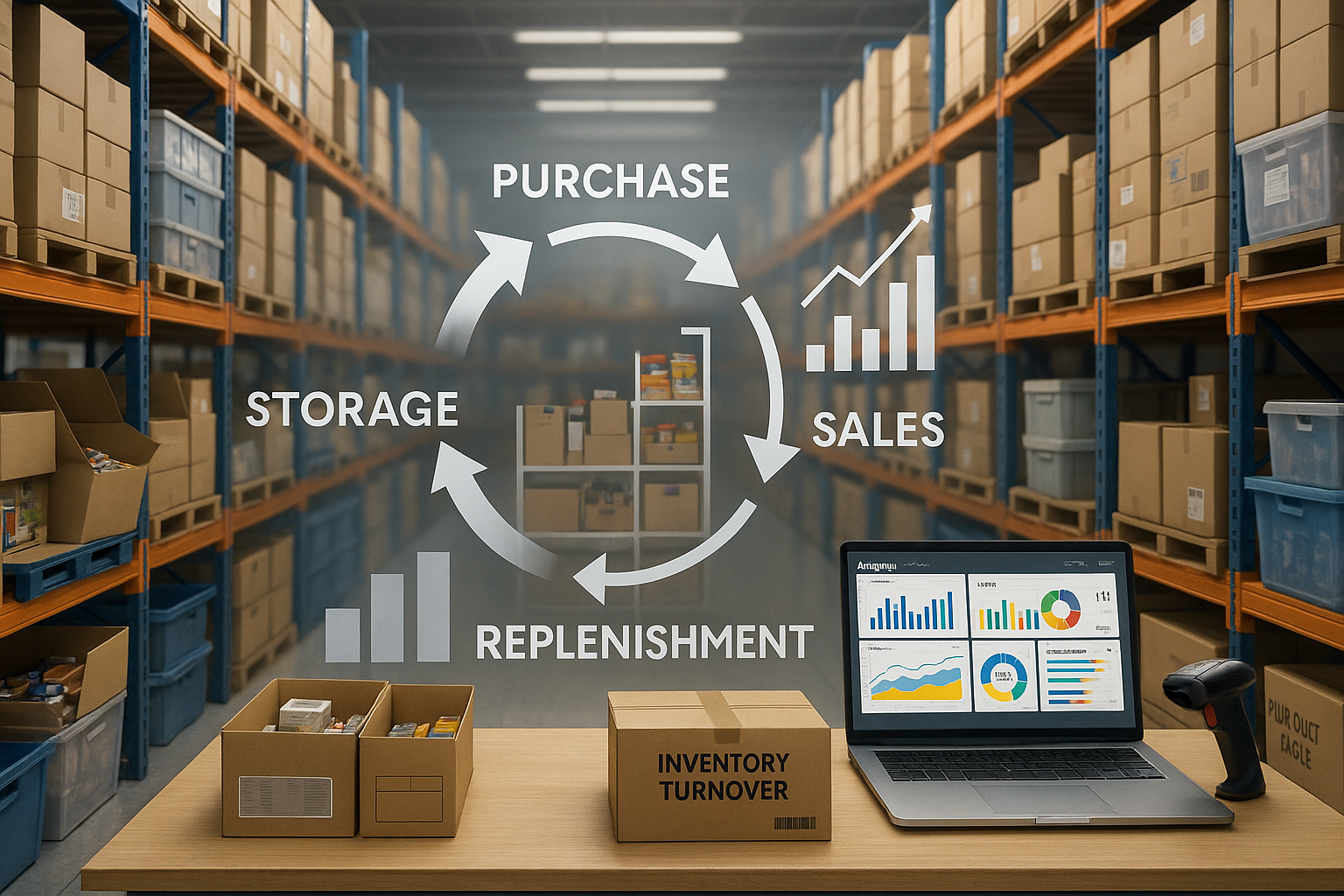How to Manage Inventory in a Small Store

You’re opening your own store, have resolved all initial challenges, negotiated with suppliers, and are now anticipating your first shipment of goods. At this point, a crucial question arises: how do you manage inventory in a small store?
It is essential to establish a well-organized inventory management system from the very beginning of your retail operations. Implementing an effective framework early on will enable you to monitor your business processes efficiently and maintain control over your store’s operations.
The Most Common Methods for Organizing Inventory Management in a Store
It’s important to understand the quantity and pricing of products in our inventory. All inventory transactions should be documented using primary documents such as incoming and outgoing invoices, and cash receipts. The most common methods for organizing inventory management in a store are the aggregate and analytical (itemized) approaches.
The aggregate method appears simpler and seemingly does not require store automation: when purchasing products, a price is assigned, and incoming inventory is calculated based on the sale price, recorded as an increase. The store’s revenue is recorded as a decrease. The formula thus becomes “Incoming Inventory – Revenue = Calculated Balance.” Subsequently, an inventory check is performed: “Calculated Balance – Actual Balance = Shortage.” While this arithmetic is straightforward, the sums do not reveal the assortment, making it difficult to understand precise profit, track pricing, or assess problematic inventory.
The analytical method of inventory management is also quite straightforward. Data on purchases, sales, and balances are maintained across the entire assortment, recorded monthly, and categorized by weight, volume, manufacturer, and packaging. When receiving inventory, the quantity must match the amount indicated on the supplier’s invoice. A recommended monthly inventory check is essential. It’s also crucial to consider expiration dates—typically, suppliers will exchange unsold goods nearing their expiration for fresh products. For an automated store, using a scanner with barcodes allows the inventory system to independently track sold items and current stock levels.
The Most Common Questions About Inventory Management in a Grocery Store
How can we effectively monitor and manage inventory when our sales staff work in shifts?
Answer:
At the end of each shift, a recount is conducted and documented. It’s also advisable for sales associates to be designated as materially responsible persons according to the contract.Do we need an accounting system and automation in general if we have a small store with modest sales volume?
Answer:
An industry-specific accounting system will, in any case, simplify and streamline inventory management in your retail store. Even when used in a single store with a small volume of transactions, the system proves to be effective and pays for itself.When should we start tracking inventory movement?
Answer:
It provides immediate updates on incoming stock, sales, write-offs, and remaining inventory levels as soon as the products arrive.Any store owner plans to expand a single store into a chain, so it’s crucial to direct thoughts on how to manage inventory in a grocery store in the right direction, as having 100 products today can quickly turn into 2,000 products tomorrow. It’s also important to analyze the performance of suppliers, monitor sales staff, and control cash flow, among other things.
A simple and accessible inventory management service, such as ABM Inventory, which can be accessed from anywhere in the world, helps control retail operations and provides real-time analytics when needed.



